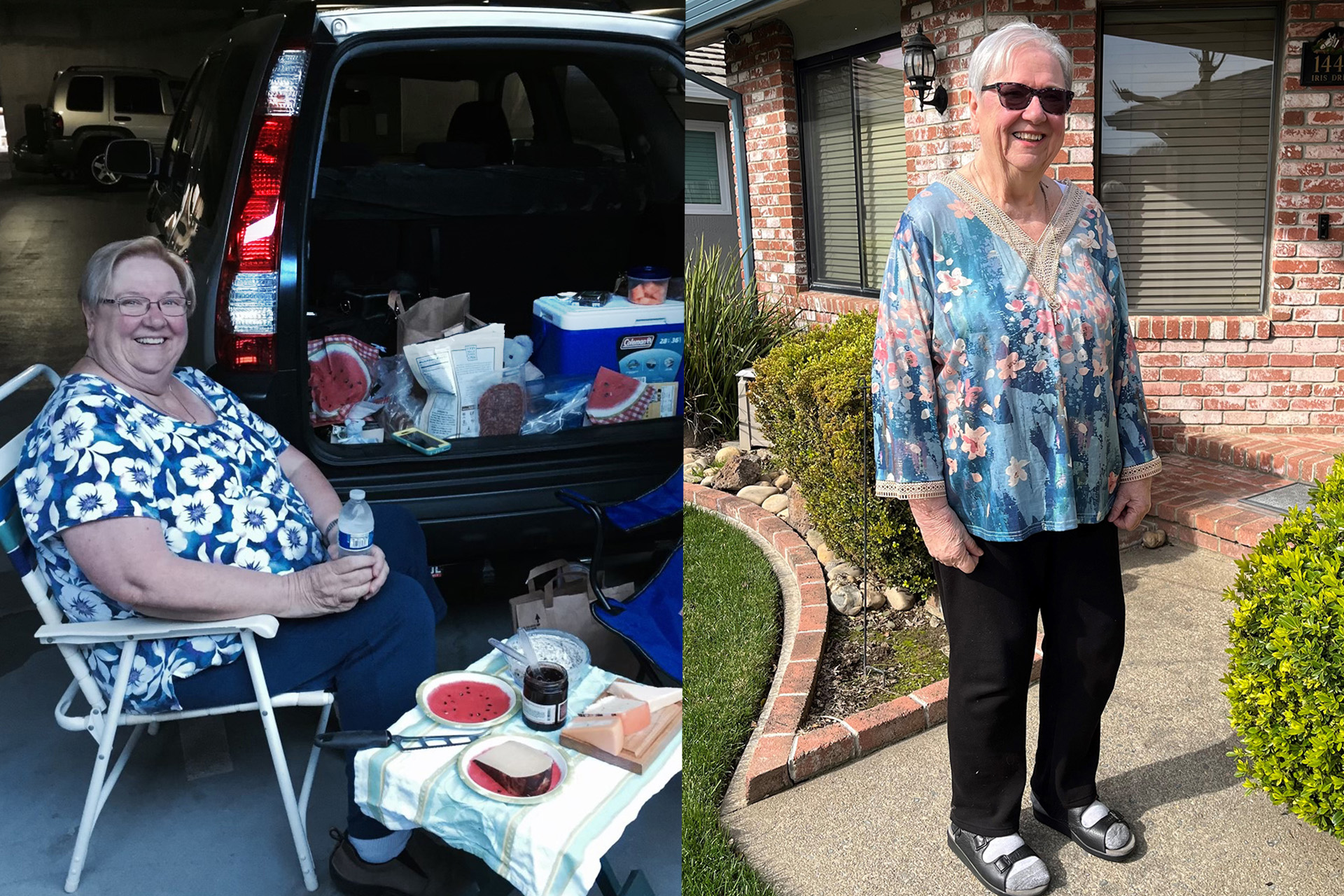Up to 26 percent of adults may suffer from SAD, or Seasonal Affective Disorder. With the winter months nearing, learn the causes and solutions for this condition.
Fall and winter have long been associated with melancholy. But did you know the condition is a bona fide mood disorder?

It’s called Seasonal Affective Disorder, or SAD. Learn about it from psychiatrist Elyse Weinstein, MD, physician leader of The Permanente Medical Group Recruitment Services and Certified Physician Coach at Kaiser Permanente San Rafael.
What is Seasonal Affective Disorder?
It is a mood disorder characterized by depressive symptoms associated with the change in amount of daylight and light intensity. Specifically, it’s most common from November through February. It’s also more common in northern regions of the United States, where winters are typically longer and harsher and there’s less sunlight due to distance from the equator. Many people may have seasonal symptoms during which they become sad in the winter, but some suffer severe symptoms affecting how they function. In far fewer instances, people may experience SAD during the summer months.
SAD is not a new disorder, but it was first formally labelled in 1984. There has been ongoing study of the condition and its cures since then.
Who experiences it?
Close to one-third of sufferers have some genetic relationship to SAD. People who have another mood disorder, alcoholism, or a family history of bipolar disorder are at greater risk, too. It is 4 times more common in women and usually occurs between one’s 20s and 30s.
Tell us more about the symptoms of SAD.
It is thought to be caused by change in daylight, which disrupts basic body rhythms, with resulting symptoms encompassing sadness, depression, feeling either low energy or agitated, trouble sleeping, a decreased interest in sex, social withdrawal, and an increased appetite, resulting in weight gain. It can impact one’s ability to work and generally function. In some instances, it can even result in suicidal thoughts.
What are the treatments?
If you feel a slight sadness with mild symptoms, you can try a good dose of exposure to daylight, so get outside regularly. If it is affecting your functioning, consult with your primary care physician for prescribed treatment. Depending on your level of symptoms, your primary care doctor may refer you to a mental health professional.
Some of the options for treatment include daily light therapy, which involves sitting alongside a bright light box for a specific time first thing each morning, usually starting around 30 minutes, as well as medications and cognitive behavioral therapy.
What are your parting words of advice?
If you think you suffer from SAD, education is your first step and can be your strongest tool. Read about the condition, learn your pattern, and take preventive measures. You can begin to learn how to manage symptoms with health education classes. Other preventive measures include talking with your doctor about starting treatment once fall arrives, so you are protected during the winter.
Additionally, let loved ones know what may be going on so they can be supportive and help you identify any changes in your behavior. If you have the resources, take a vacation in winter to a climate where there is plenty of light. Even that simple break can help decrease the symptoms.
Finally, understand that what you are experiencing can be traced to simply being a biological human. While some diagnoses of SAD are genetic and part of a greater mood disorder, sometimes our modern lifestyle can be a contributor. These days, people work into the evening, ignoring the earth’s rotational changes of light that tell them to stop and rest when it gets dark. I encourage all my patients to take care of themselves. Exercise regularly, eat healthily, get your sleep, spend some time with others, and do the things that you enjoy.





This Post Has 0 Comments